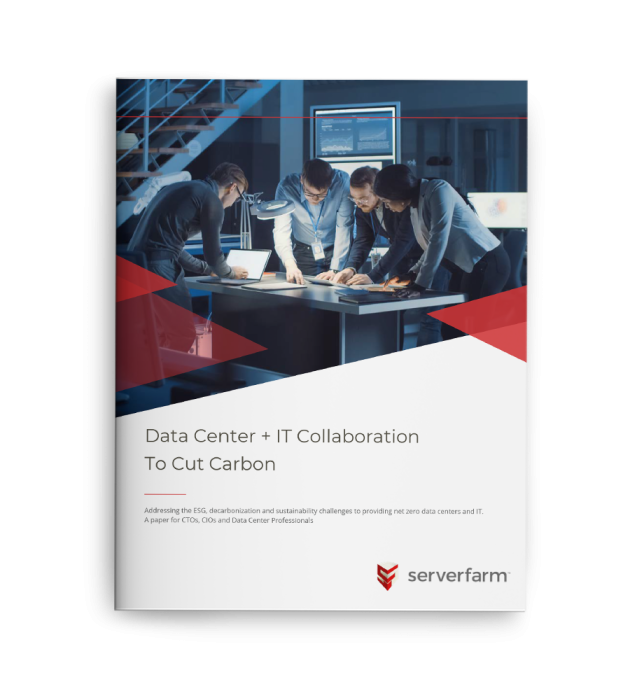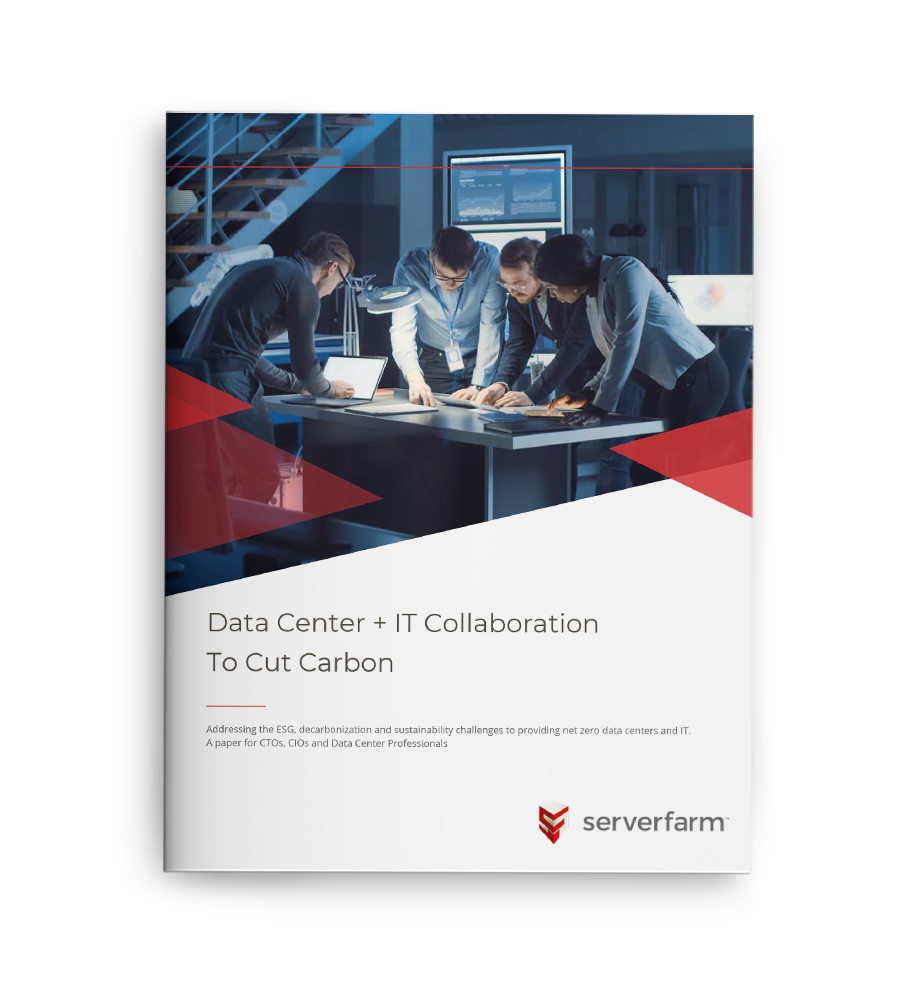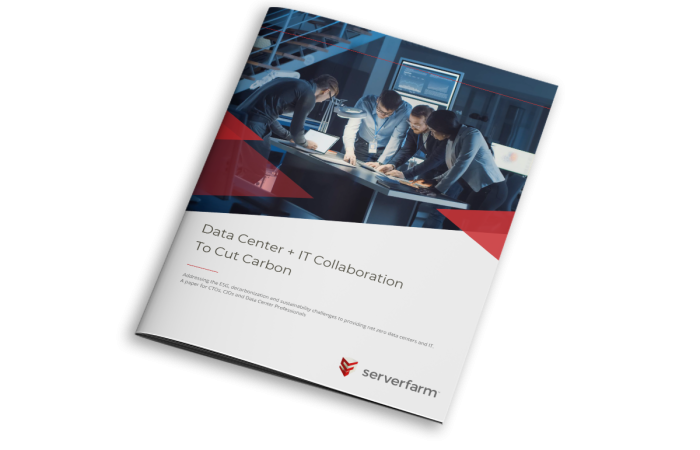PART 4 / 8
This is an edited extract from our business paper Data Center + IT Collaboration to Cut Carbon: An Applications to Data Centers perspective for CIOs, CTOs, CSOs and Data Center Leaders.
Click below to gain instant access to the full white paper now. Or stay tuned as we release a new section each week.
PART 4 / 8
This is an edited extract from our business paper Data Center + IT Collaboration to Cut Carbon: An Applications to Data Centers perspective for CIOs, CTOs, CSOs and Data Center Leaders.
Click below to gain instant access to the full white paper now. Or stay tuned as we release a new section each week.
3.1 Buildings
3.2 Power
3.3 Chips
3.4 Servers
3.5 Software
Can IT and data center engineering learn to collaborate on power?
Software defined power is a set of solutions that will enable full utilization of the data center capacity, as opposed to the excessive over provision often found in existing data centers.
End to end software defined power may one day encapsulate sustainability metrics covering measurement of everything from true green PPAs (Power Purchase Agreements), grid losses, behind the meter adaptable power provision right down to dynamically maximizing server power performance per watt. However, there remains a long way to go.
Following on from the success of the PUE metric, the data center industry is becoming focused on power capacity utilization – one suggestion being a new metric of Power Capacity Effectiveness, being Total Power Consumed divided by Total Power Capacity installed.

For CIOs seeking sustainability options this is where things may get interesting. Commercial data centers provision power is based on meeting a capacity requirement where the data center operator has no control over whether that capacity is utilized. Once power enters the data hall, a commercial data center provider has no control over how much electricity is actually used.
From a commercial colo provider lens, it is as if once the power enters the technical white space, the power goes to the moon. In this case the end user dictates how much of the available electricity is utilized. Put simply, if 40 or 50% of available electricity is not used or goes to waste, then so be it.
Smart data center clients use all (and sometimes more) of the energy they have paid for and been assigned. Other end users may be comfortable with 40% – 60% utilization of available power. There may be perfectly valid reasons for this – but there are questions over how sustainable such operations are in the long term.
Hence a wider and deeper discussion between the provider, the end user data center buyer and the IT department is called for.

Data Center + IT Collaboration to Cut Carbon
Addressing the ESG, decarbonization and sustainability challenges to providing net zero data centers and IT. A paper for CTOs, CIOs and Data Center professionals.






